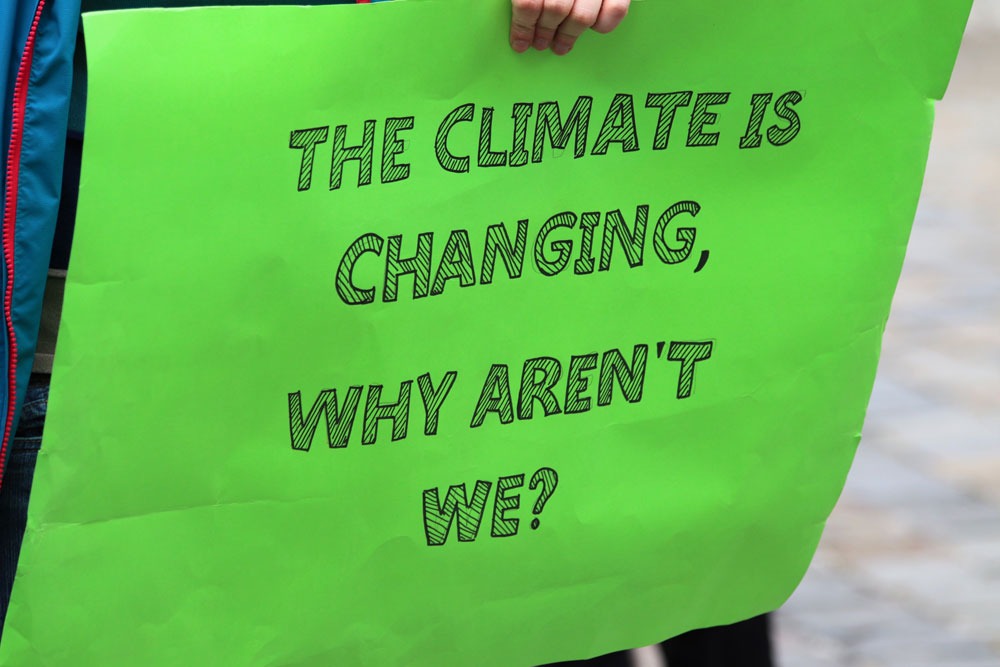
Over the last few years, I’ve noticed an underlying tension in social change discourse between the desire for new ways—of being, of interacting, of organizing our work—and a strong desire for healing space.
We, humans, are in a large-scale transition phase and how we orient as we design for social change is becoming ever more critical. The discourse of healing/pain/struggle has much currency right now. We are fascinated by our traumas. But this discourse often comes with a victim stance that can be very seductive—and slows down our expansion—our ability to hold something greater, namely, the world we are seeking to create. To create this world, we have to look for our power.
There are two core states a person can design, or work from, a powerful state or a powerless state. In a powerful state one takes full responsibility for what one is and what one can become. In a powerless state, who we are or how we are is often experienced as the result of other people’s actions.
The State-Story-Strategy framework made popular by transformation coach Anthony Robbins is helpful here. In his podcast on it, he says,
We all have a story about why we are where we are…And the story we tell ourselves protects us from pain. It gives us a reason why it’s not our fault, or it’s going to be okay in the future. But the story that protects you also imprisons you. It keeps you from changing your life… It has nothing to do with the content of what needs to be done. It’s everything to do with the mastery of your own state.
For Robbins, strategy comes at the end. It’s not the most important aspect of transformation. He says, “It’s not a strategy problem.” There are many strategies. Though it is important to understand the ones that bring the result you want and to observe what he calls “the seasons,” timing, the phase of things around us. He continues, “What affects whether you use the strategy or not is the story you tell yourself.”
He warns, “People’s stories are often true, but they’re not effective. These stories kill your drive. They give you a reason not to face your discomfort. Give up the story that limits you.” There are all kinds of things happening around you, but you are responsible for your story about them.
In order to change your story, you have to get in the right state. Your state determines how you think and feel. How do you change your state? By the decisions that you make. Robbins highlights the three key decisions we are always making. The first is what to focus on. He says, “Most of us don’t control our focus. We let the world around us do it.” The second decision is the meaning you give to what you are focusing on. Is it a problem? Is it a challenge? Is it a gift? The meaning we give things affects how we feel about them, and our state. The third decision what to do. Do you stay where you are or do you move forward?
Sign up for our free newsletters
Subscribe to NPQ's newsletters to have our top stories delivered directly to your inbox.
By signing up, you agree to our privacy policy and terms of use, and to receive messages from NPQ and our partners.
When we come together to design social change efforts, we have to think about our state. This means honestly exploring our role in the issue, taking responsibility for our role in it.
My friend Gibrán Rivera, a facilitator focusing on transformative work, reflecting on his work, says,
We are strategizing from a story of victimhood. It’s about moving from victimhood to self-sovereignty. That doesn’t happen overnight. It does require healing. But if we think of the healing journey from 0-100, 0 is when you’re so completely traumatized you don’t even know you are, so you go around throwing your shit on everybody, and 100 is when you’re so awake that people wake up in your mere presence. For self-sovereignty you have to be at least 51 in. Self-sovereignty is your capacity to bring yourself back into coherence when you’re triggered. We’re still healing, but we’re ready to take responsibility for our own shit. Otherwise, we can easily end up organizing around the most wounded person in the room.
Rivera explains that operating from this state often leads to the strategy of people seeking to change their place in dominant systems, by leveraging their subordinate position to gain access and power. He concludes, “It’s very effective, but it’s short term. It doesn’t change things.”
In Design as Politics, Tony Fry writes,
Unsurprisingly, nowhere does design as politics become so intellectually challenged as when it faces the question of freedom (from perspectives of thinking, understanding, experience and appearance). And nowhere are the political demands as great as when conditions of limitation (unfreedoms) are imposed by design in order to secure freedom as elementally futural.
In other words, we need to be rigorous when designing for freedom. We cannot impose the limitations of “unfreedom” on our designs for freedom. This securely places freedom always in the future, instead of in the present, where it can actually be attained.













